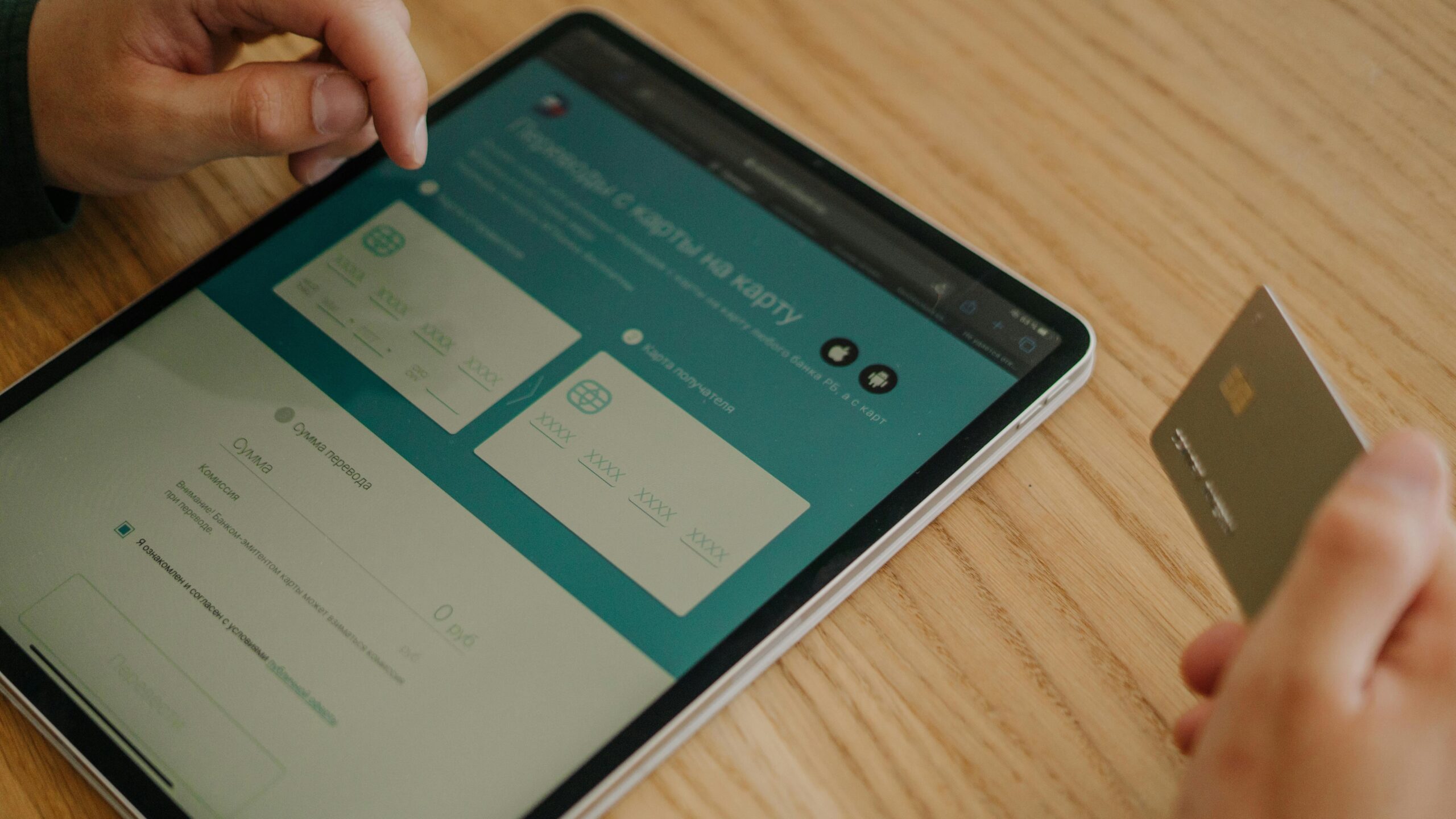The Need and Impact of Digital Banking Units
By Norhan Gamal – Technical Content Creation Team
20/11/2024

The government has recently launched the Digital Banking Unit to strengthen Saudi Arabia’s banking ecosystem. How will it benefit the existing banking space? Let’s explore!
Digital banking is revolutionizing the financial landscape in Saudi Arabia, aligning with the country’s Vision 2030 to diversify the economy and promote technological advancements. The rise of digital banking has had a profound impact on the traditional banking industry. Digital banks have disrupted the traditional banking model by offering customers the ability to manage their finances from the comfort of their own homes, using only a smartphone or a computer. The traditional banking industry has been forced to adapt in response to this new digital reality.
The traditional banking model relied on physical branches and personal interactions between customers and bank employees. This model has been challenged by digital banks, which have no physical branches and rely on digital technologies to offer financial services. As a result, traditional banks have been forced to invest in digital technologies to keep up with the changing landscape. They have developed online and mobile banking platforms, introduced new payment methods and implemented advanced security measures to protect customer data.
What is digital banking & What are Digital Banking Units?
Essentially, digital banking is banking carried out via digital core banking platforms reducing or even eliminating the dependency on traditional methods of banking. On the other hand, Digital Banking Units, often abbreviated as DBUs, represent a significant stride in bringing banking services to the digital forefront.
Digital banking is also a term that refers to the digitization of banking at every level, from the front end to the back, with artificial intelligence (AI) being used to simplify and automate different digital banks’ operations processes. While Digital Banking Units are specialized fixed-point business hubs established by scheduled commercial banks. Their primary purpose is to house essential digital infrastructure that delivers digital banking products and services while also facilitating the digitization of existing financial products and services, all available for self-service around the clock.
DBUs aim to ensure that the advantages of digital banking reach even the most remote corners of the nation. They are envisioned to be present in all States and Union territories, thereby creating an extensive network.
Types of Digital Banking
The digital banking ecosystem in Saudi Arabia is diverse, offering various types of services to meet the evolving needs of consumers. Here are the primary types:
- Online Banks: These are banks without physical branches, offering services entirely online.
- Neo-Banks: These are fintech startups that offer banking services but do not have a banking license.
- Challenger Banks: These are smaller, newer banks that challenge established traditional banks.
- Banking-as-a-Service (BaaS): This is an end-to-end process ensuring the smooth running of banking services over the internet.
According to a report by KPMG, neo-banks hold a market share of 20% in Saudi Arabia’s digital banking sector, while online banks have a 30% market share. Banking-as-a-Service is expected to reach a market valuation of $7 trillion by 2030, growing at a rate of 26% year-on-year.
Firas Ghunaim. (2024, October 24). The Evolution of Digital Banking in Saudi Arabia.
Difference between DBUs and Traditional Banks
It’s important to note that Digital Banking Units differ significantly from traditional banks in several aspects:
- 24/7 Operations: DBUs offer round-the-clock cash deposit and withdrawal services, enhancing accessibility.
- Digital Focus: Services at DBUs are predominantly digital, allowing individuals without connectivity or computing devices to conduct paperless transactions.
- Assisted Mode: While DBUs encourage self-service, bank staff are available to assist and guide users for banking transactions.
- Digital Literacy: DBUs actively contribute to digital financial literacy and create awareness about adopting digital banking methods.

Why Digital Banking is the Future of Finance in Saudi Arabia?
Digital banking in Saudi Arabia is not just a trend but a necessity, driven by consumer demand and technological advancements. With the backing of Vision 2030 and a booming fintech sector, digital banking is set to redefine the future of finance in the Kingdom.
The future of digital banking in Saudi Arabia is promising, with a focus on customer-centric solutions, regulatory support, and technological innovation. The Kingdom aims to reach a SAR13.3 billion ($3.6 billion) direct GDP contribution by 2030 from the fintech sector, which will account for 18,200 direct jobs and reach 525 active fintech companies.
Firas Ghunaim. (2024, October 24). The Evolution of Digital Banking in Saudi Arabia.
Future Direction of Digital Banking Units!
1. Expansion of Banking-as-a-Service offerings
Obtaining a Payment or E-money license and developing a payment infrastructure both involve very costly and drawn-out processes. Banking-as-a-Service (BaaS) can solve these problems and open the door to the regulated fintech market for companies without a license and/or a payment infrastructure.
When registering, agents receive the right to conduct payment services and e-money activity under a payment or e-money institution license and connect to the BaaS provider’s payment/banking infrastructure.
2. Fintechs are merging with technology companies
Some fintech companies are merging with technology companies to create a reliable BaaS proposition for financial institutions that includes both the platform and access to financial services or to enhance their market offering.
For example, Global Payments acquires fellow PayTech solution developer EVO, and Technisys acquires SoFi to expand its banking capabilities.
3. Cooperation between fintech and banks
Banking and fintech cooperation are one of the obvious fintech trends to watch in upcoming years. Some banks share their digital banking infrastructure with both licensed and non-licensed companies using the BaaS model. Also, banks can offer access to specific account data to authorized fintech companies (AISP) through Open API or access to authorized PIS providers for payment initiation.
4. Hyper-personalization
Hyper-personalization has become a dominant trend in Digital banking, representing more of a necessity than simply an option. It requires the provision of custom-made digital banking services for each and every customer. Leveraging behavioral science and Artificial Intelligent (AI), data is collected that relates to a person’s location, transaction history, shopping habits and more. This data can subsequently be used by digital banks to offer custom-made promotional offers and recommendations, as well as predict their future needs.
Conclusion
The advent of Digital Banking Units is just one facet of the broader digital banking transformation. As technology continues to evolve, we can expect more innovative solutions to emerge, further simplifying and enhancing the banking experience. With the ongoing push towards a cashless and digital economy, DBUs are poised to play a central role in this transformative journey.
The digital banking revolution is here to stay, and it’s reshaping the financial landscape in Saudi Arabia. As the Kingdom embraces digital innovation, the future of banking is looking brighter and more accessible than ever before. Saudi Arabia is at the forefront of a digital banking revolution, driven by the rapid adoption of mobile wallets and an ambitious push toward a cashless economy. As part of Vision 2030, the Kingdom is accelerating its transition to digital payments, with mobile wallets playing a pivotal role in reshaping the financial ecosystem.

